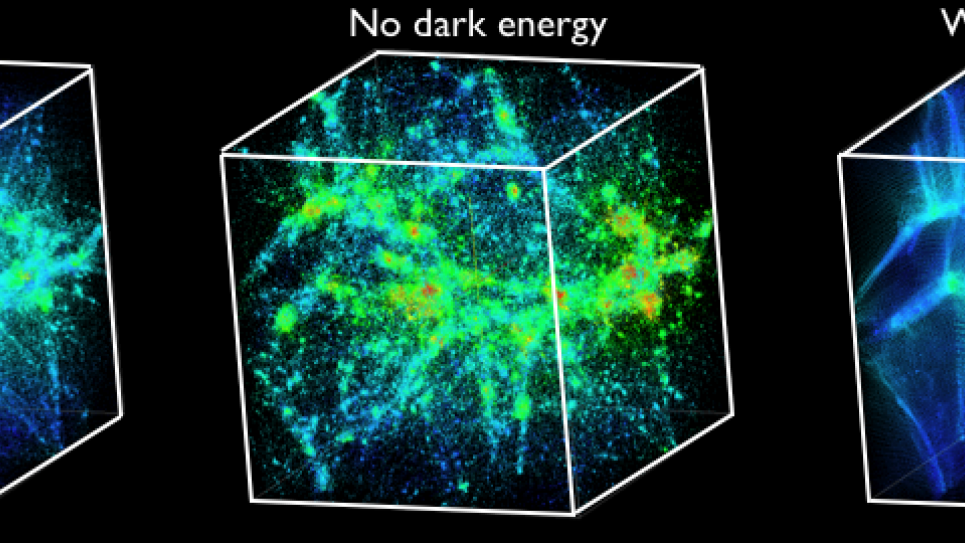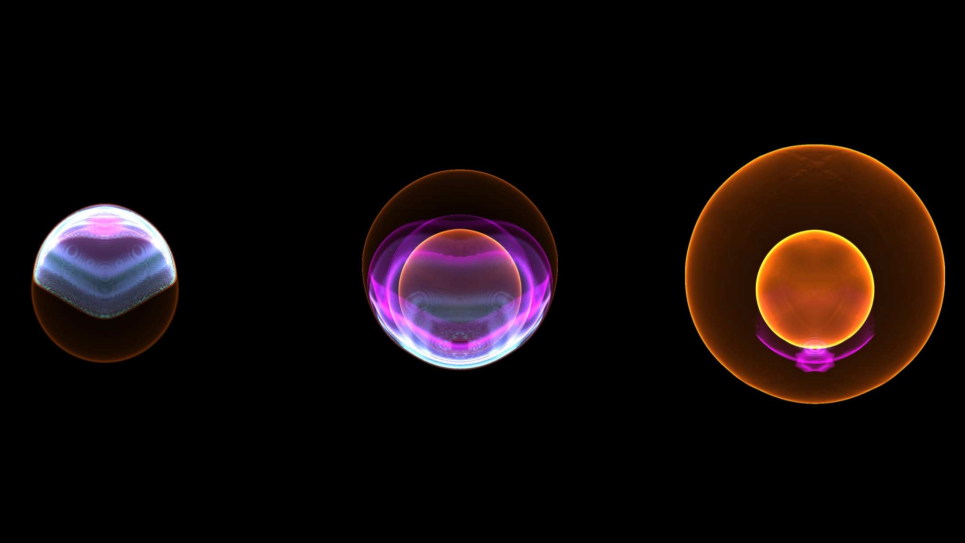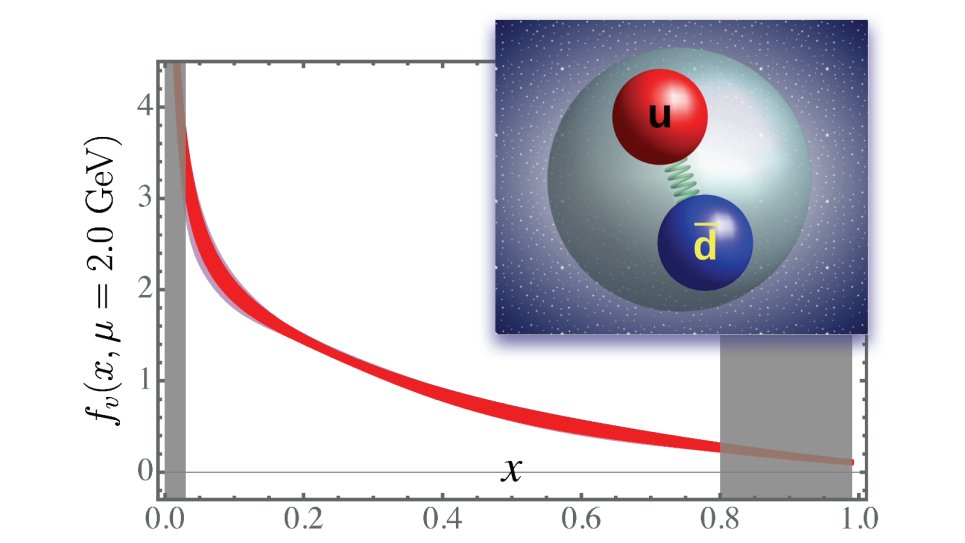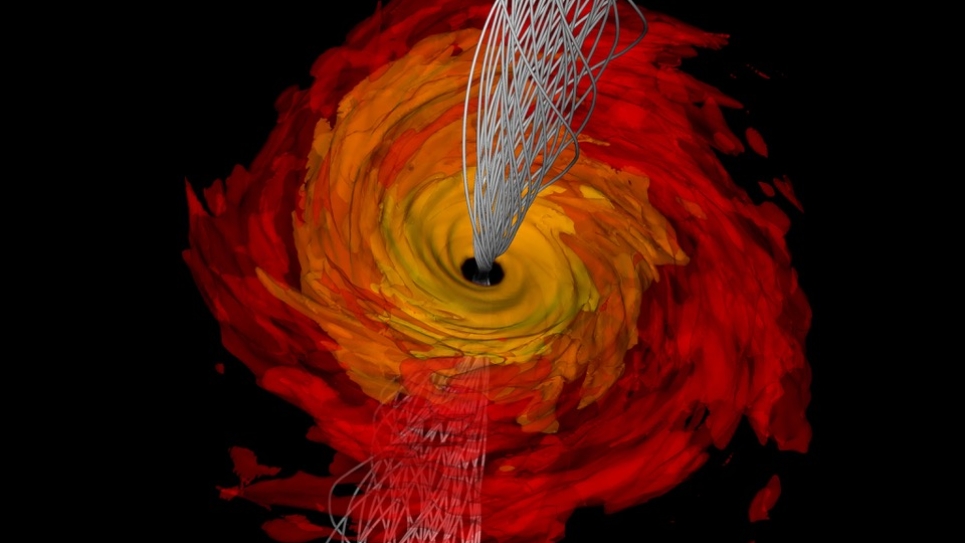
Exploring the Nature of the Lightest Massive Particles in the Universe
Katrin Heitmann with Argonne National Laboratory was awarded four million hours to create unprecedented simulations that will lead to a better understanding of neutrinos, the lightest known massive particle in the universe, and the role they may play in cosmic evolution and structure formation.
First postulated in 1930 by Wolfgang Pauli and discovered in 1956 by Cowan and Reines (1995 Noble Prize), the neutrino, the lightest known massive particle in the Universe, continues to surprise physicists. Introduced as a massless particle in the Standard Model of particle physics, the discovery of neutrino oscillations and therefore neutrino masses has been one of the major discoveries pointing to the existence of physics beyond the Standard Model of particle physics.
Cosmological measurements of the cosmic microwave background and of large scale structure in the Universe offer a unique handle on the absolute neutrino mass and the number of neutrino species. The interpretation of these measurements hinges on large simulations that can provide accurate predictions for cosmological observables. The very light mass of the neutrinos makes such simulations very challenging: To enable accurate computations that can capture the effects of massive neutrinos, N-body simulations with hundreds of billion of particles have to be carried out, which necessitates computational power of the scale available at the Argonne Leadership Computing Facility. This research proposes to carry out large-scale structure simulations using a fully self-consistent treatment of neutrinos with realistic masses for the first time. The cosmological simulation codes MC4 and HACC have shown excellent scalability, and will enable success in this endeavor. Researchers will target the gravitational lensing of the cosmic microwave background and large-scale structure probes to quantify the effect of massive neutrinos on cosmological observations.


